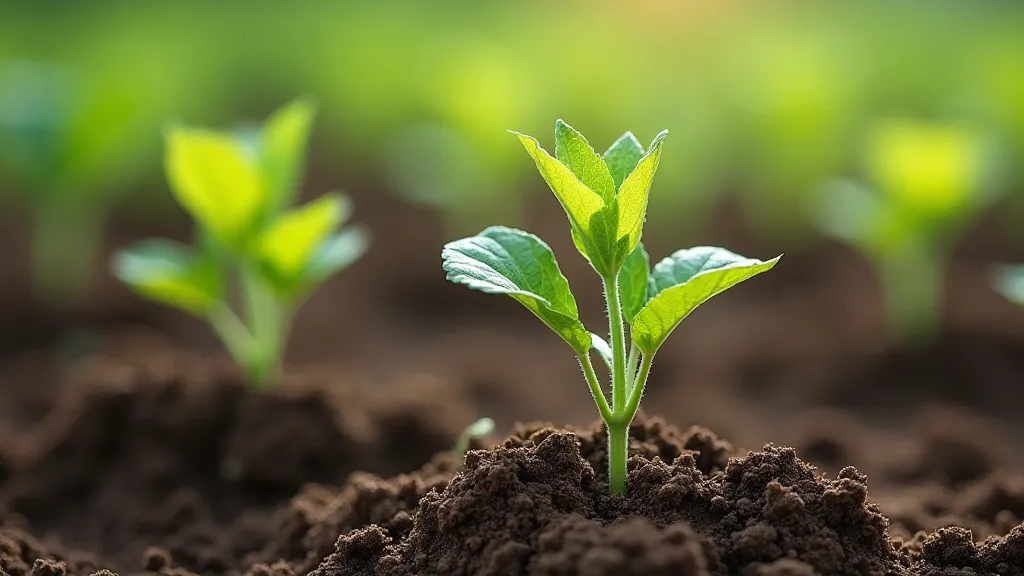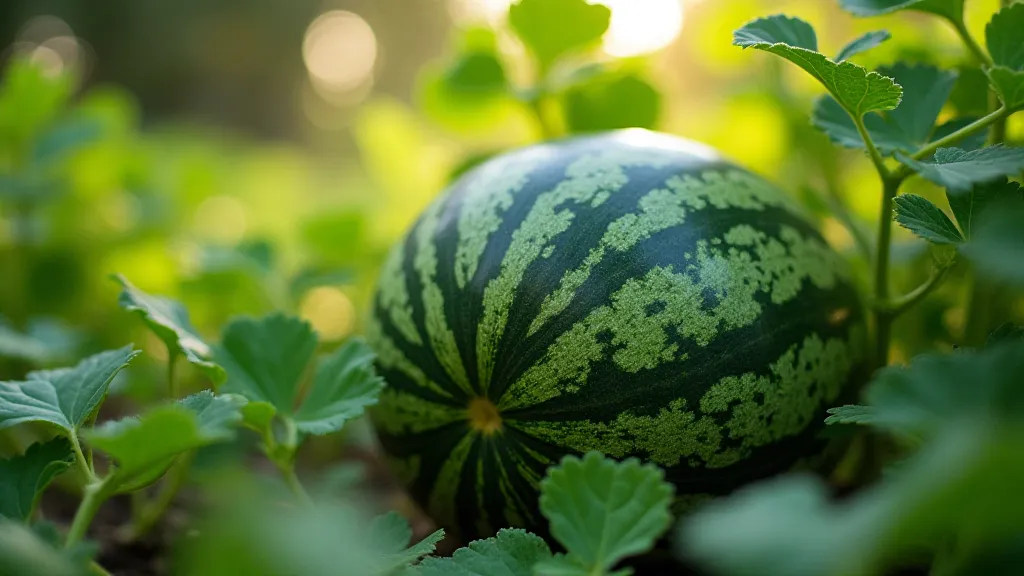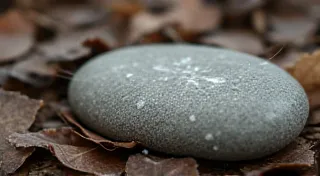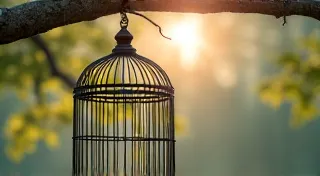Whispers of the Vine: Anticipating the Watermelon Harvest
There’s a particular melancholy that settles in the bones during the long wait. Not a sadness, exactly, but a quiet contemplation born of patience – the kind you find tending a garden, particularly one promising the juicy abundance of heirloom watermelons. It reminds me, strangely, of my grandfather’s antique accordion. A thing of bellows and buttons, a symphony held captive until his hands coaxed forth its song. Just like a watermelon vine, it felt dormant, waiting. And the anticipation… that’s the heart of it all.
My grandfather, a man of few words but immeasurable skill, played a Hohner Excelsior. Its mahogany casing, worn smooth from years of loving use, held the echoes of dances long past. He’s gone now, but I still have the accordion. It sits in my music room, a constant reminder of the slow, deliberate artistry he embodied – an artistry mirrored in the careful tending of a watermelon patch.

The Allure of Heirloom Varieties
Modern watermelons, uniform in size and predictable in sweetness, have their place. But the heirloom varieties… they offer something different. Something deeper. They carry stories. Think of ‘Black Diamond,’ a Russian variety developed in the 1880s, rumored to be a favorite of the Romanov family. Or ‘July’s Beauty,’ a stunning striped watermelon from the early 1900s, celebrated for its vibrant color and exceptional flavor. These aren't just fruits; they're living legacies, connecting us to generations of gardeners and farmers.
The process of growing them mirrors the creation of the accordion itself. It's not about mass production; it’s about dedication, craftsmanship, and an appreciation for the nuances of the natural world. It's about understanding that perfection isn’s always about uniformity, but often resides in the unique quirks and imperfections that tell a story.
Starting Your Watermelon Patch: From Seed to Sprout
Watermelons are enthusiastic climbers, needing ample space – at least 20 square feet per plant – to truly thrive. Starting them indoors, about 4-6 weeks before the last expected frost, gives them a head start. Use peat pots – they prevent root disturbance when transplanting. Sow 2-3 seeds per pot, about an inch deep. Keep the soil consistently moist but not soggy. The warmth is crucial; a heat mat can drastically improve germination rates.
Think about the meticulous construction of an accordion's reeds. Each one must be perfectly aligned, precisely cut, and securely fastened. Similarly, a watermelon seedling requires consistent warmth, light, and attention to emerge strong and healthy. The first leaves, the cotyledons, unfurl with a quiet urgency – a testament to the life force within.
Transplanting and Ongoing Care
Once the danger of frost has passed, transplant your seedlings into a sunny spot with well-drained soil. Amend the soil generously with compost – watermelons are heavy feeders. Create a mound or small hill for each plant, as they appreciate slightly elevated ground.
Consistent watering is paramount. Deep, infrequent watering encourages strong root development. Mulch around the plants to conserve moisture and suppress weeds. Fertilize every few weeks with a balanced fertilizer, following the package instructions. Be vigilant for pests like aphids and squash bugs; address infestations promptly with organic solutions.

The Quiet Magic of Observation
Growing heirloom watermelons isn't just about following instructions. It’s about observation. It’s about listening to the whispers of the vine, noticing the subtle changes in color, the way the leaves twist toward the sun. Like a restorer carefully examining an antique accordion, searching for clues to its history, you must become attuned to the nuances of your plants.
The tendrils, those delicate, curly arms, reach out, seeking support. They’re like the nimble fingers of a musician, coaxing melody from a complicated instrument. And as the vines grow, they will cover the ground, creating a verdant carpet that speaks of abundance.
The Anticipation of the Harvest
The first signs of fruit are subtle: a small, hard lump on the vine. It grows slowly, imperceptibly at first. Then, a slight change in color, a hint of the sweetness to come. The anticipation builds, a low hum beneath the surface of daily life.
My grandfather used to say that the best music wasn’t about the notes themselves, but about the spaces between them – the pauses, the silences. And I realized that the most rewarding part of growing heirloom watermelons isn’t the taste of the fruit, although that’s undeniably delicious. It’s the waiting. The quiet contemplation. The profound connection to the seasons, to the land, to generations past.
When the time is right – when the rind loses its waxy bloom and sounds hollow when tapped – it’s time to harvest. Carefully cut the watermelon from the vine, cradling it gently.

A Celebration of Patience and Reward
Slicing into that first watermelon, the scent of summer exploding into the air… it’s a moment of pure, unadulterated joy. A reward for the patience, the dedication, the unwavering belief in the magic of the garden.
Just as my grandfather’s accordion filled the room with music, your watermelon patch will nourish your soul. And like the enduring beauty of a vintage instrument, the memory of that harvest will resonate long after the last slice is gone – a testament to the enduring power of nature and the quiet satisfaction of a gardener's heart.





